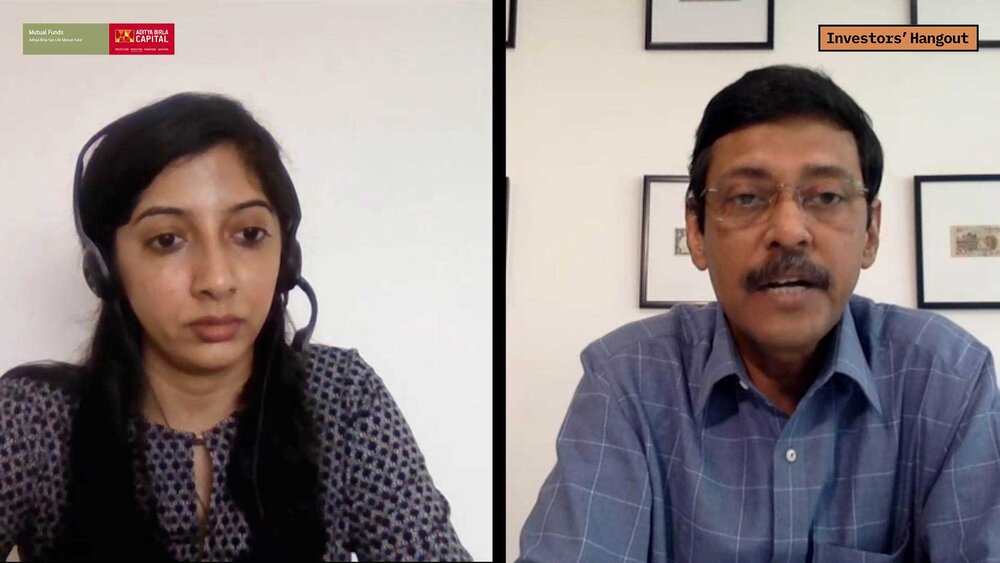
Today yields of debt funds are at multi-year lows. In other words, you are earning less on your bond-fund investments as compared to what you did earlier. The graph below gives a perspective of how the historical returns compare with the current yield to maturity (YTM).
The current average YTMs (after factoring in expenses) across the five categories that have high investor interest are under five per cent. If the current YTMs are anything to go by, investors of debt funds are in for lesser returns in the near future than the kind of returns they have enjoyed in the past.
But when we talk about low yields, they are not just unique to debt funds; the situation is pretty similar across the board. While these five categories have a net YTM of under 5 per cent on average, even fixed deposits with a tenure of one year and three years are returning less. The current pre-tax interest on SBI's one-year and three-year deposits stands at 4.9 per cent and 5.3 per cent, respectively. After adjusting for the highest tax of 30 per cent, the interest would stand at 3.43 and 3.71 per cent, respectively.
What should investors do?
The current low yields compared to the historical returns may nudge you towards high-risk debt offerings, but this is something which you must guard against. Getting ambitious about the returns from your fixed-income investments can prove costly in case of a credit event. You need to accept the low-yield environment and it may remain so for a while. A high-quality bond portfolio is unlikely to deliver 6 per cent or more in the next one year. That does not mean it has turned a poor performer. This is the reflection of the times we are in and interest rates are low across the board.
Even if you want to pursue a slightly higher yield, make sure you understand the additional risk and assume it only reasonably. So, decide on an allocation to higher-yield funds or bonds and make sure you don't go overboard. Do note that most investors don't need to be adventurous with their debt investments.
You can also look at your options other than mutual funds. Certain government-sponsored schemes are offering decent returns, at least better than what you can expect from a high-quality debt mutual fund. But these often come with lock-in periods, which will require you to tie your capital up for many years. The table 'Fixed-income alternatives' has some options both for those who are in the accumulation phase and the income seekers.



